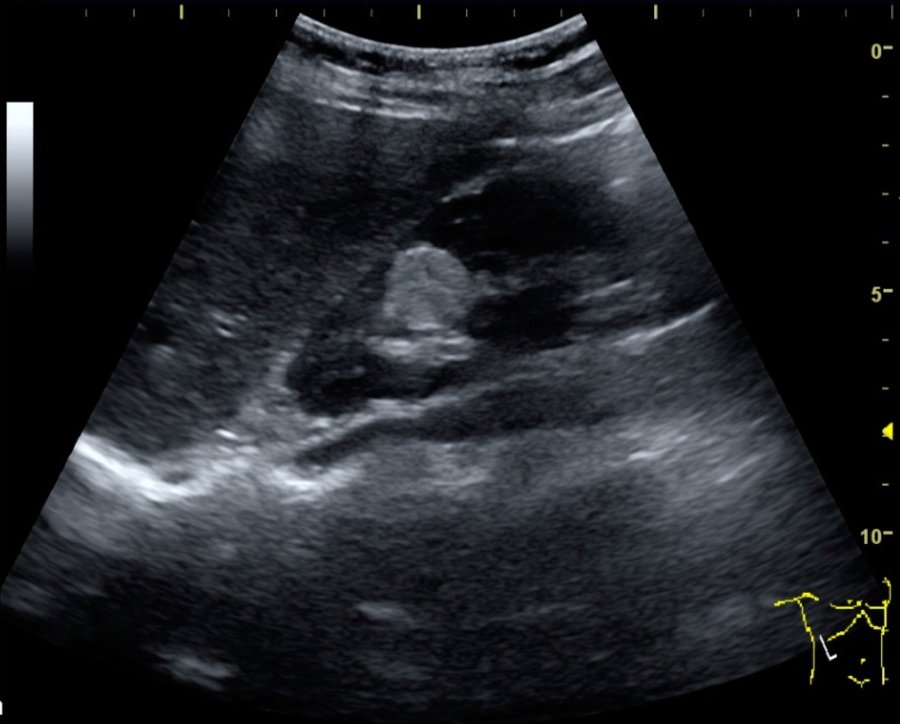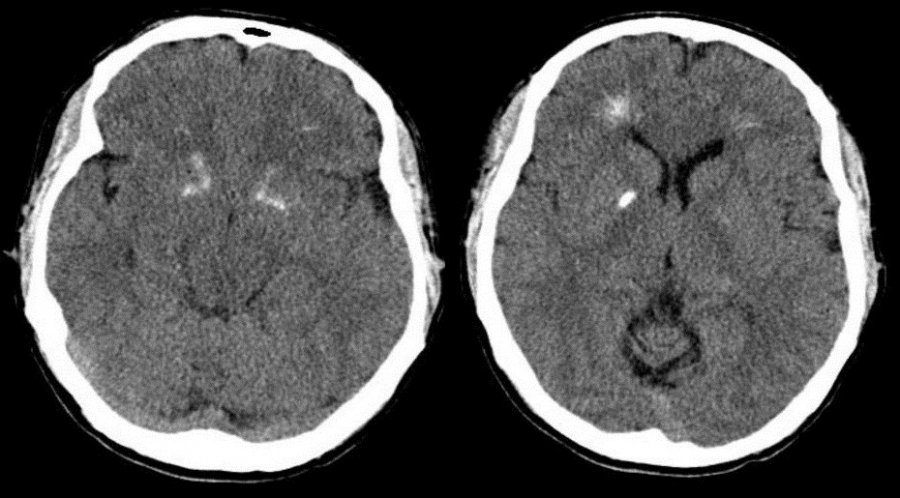After years of medical school, starting your residency can be both exciting and stressful. All of a sudden, you’re the one acting as a primary contact with patients and making decisions that will influence their lives. As you take this next step into the world of medicine, there are several tips that can help you adjust to residency.
Be a Sponge for Knowledge
An article on AMA advises new residents to aggressively seek out information. That may involve basic medical knowledge or knowledge specific to the patients on your caseload. Make it a goal to learn at least one new fact every day.
When in doubt about a situation, don’t bluff or avoid the question. Admit you don’t know and seek out an answer. Not only will this tactic help you learn, it will also earn you respect.
Pursue a Work/Life Balance
The website The DO encourages residents to actively pursue a balance between your work life and your personal life. Residency can be stressful – long hours, life-and-death decisions, financial pressures and lots of new material to master. Some residents put in long hours and may go for weeks without seeing their significant others.
This, though, is a risky way to live. You may fall pray to stress and the problems stress can cause such as insomnia, generalized anxiety and physical illness. Make sure to set aside time for the important people in your life as well as for the things you enjoy. For instance, you may choose to go to the gym three times a week, or you may set aside time to read a novel or even to take a nap.
If stress is starting to get the best of you, seek support from your loved ones and your colleagues. Many residency programs offer a confidential assistance program where you can talk with counselors about difficult issues.
Pay Attention to Financial Health
According to KevinMD.com, being under emotional pressure can lead to poor financial choices. You may be tempted to charge too much credit card debt, or you may lose track of your student loans. Another issue to consider is whether you want to get involved in your company’s 401(k) or 403(b) plans. When in doubt, check with a financial advisor.
Starting residency can be intimidating, but following a few simple steps can help you succeed.










